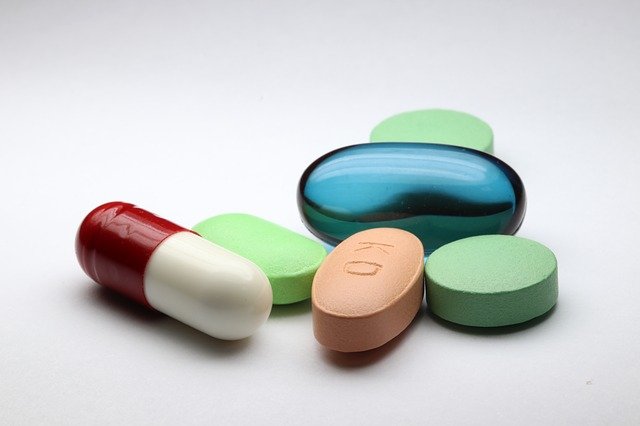
The introduction of liquids and food through the mouth is called ingestion.
The word latio ingestio came to our language as ingestion . This is what the act of ingesting is called: introducing medications, liquids or food through the mouth .
For example: “It is important to highlight that ingesting spoiled food can cause various disorders in the body ,” “According to doctors, the infection could have been caused by ingesting contaminated water,” “The singer was hospitalized .” hours after his show due to excessive ingestion of sleeping pills .
The most common use of the concept is linked to introducing foods and drinks into the body as part of nutrition and hydration. Ingestion means that these products enter the mouth and then pass to the digestive system.
Types of ingestion
There are two types of ingestion: macrophage ingestion and microphage ingestion . Macrophagic ingestion involves ingesting relatively large pieces, just as animals that actively select food do. Microphageal ingestion, on the other hand, involves the incorporation of microscopic pieces, a practice of parasites and various microorganisms.
Pathogens frequently enter the body through ingestion. This occurs when contaminated food or liquids are ingested. Cholera and hepatitis A are some diseases that are transmitted in this way.

The ingestion of remedies is part of many treatments to restore health.
Accidents in children
Sometimes, ingestion of foreign elements causes serious damage to health and can even cause death. Children often swallow small objects and choke (due to a blockage of the airways); The elderly, meanwhile, often confuse pills or pills with other elements.
Most cases of this type are accidental, both in children and adults, and the main cause is ignorance or lack of attention. When the victim is a minor, it is his guardians who must assume responsibility for not having kept the object he ingested out of his reach.
The age range in which the greatest number of cases of accidental ingestion occur is from the moment the child begins to crawl until the age of three. This is because it is precisely in that phase of its development that the human being presents a less predictable and orderly behavior, since each second involves learning a new concept, contact with a new texture, the discovery of a new form. . It is enough to neglect it for a second and it will put a small object in its mouth and, in the worst case scenario, swallow it.
Of all accidents, around 80 percent resolve spontaneously, 19 percent require endoscopy and the remaining 1 percent end in surgery to remove the foreign object. The ingestion of button batteries , which contain heavy metals, is a special case because it can harm the body in three different ways: necrosis of the digestive mucosa due to the toxic content that is released in it (silver oxide, mercury , lithium, zinc and, occasionally, potassium or sodium hydroxide), electrical burns and pressure.
The stomach is the part of the body where doctors most often find accidentally swallowed objects. In second place is the esophagus, specifically in the middle third. Lastly is the small intestine. The severity is variable in each particular case, since it partly depends on the type of object .
Ingestion and intake
A term that is often used synonymously with ingestion is intake , which the RAE recognizes in this way in the second of its meanings.
However, in the first it defines it as a diet , that is, as a series of substances that a living being ingests.
